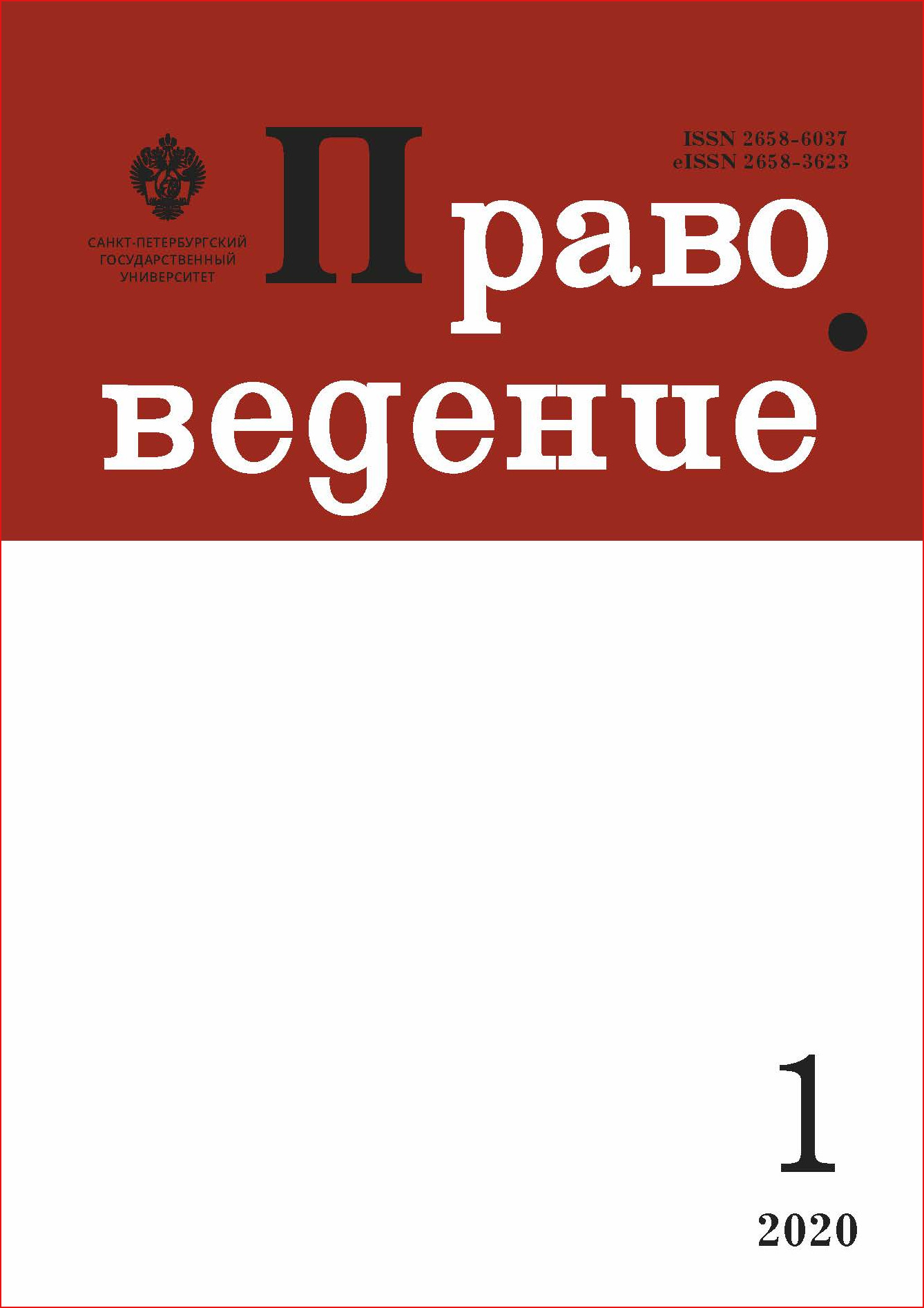Proprietary fragmentation and public-private management of UNESCO sites owned by the Italian state
DOI:
https://doi.org/10.21638/spbu25.2020.115Abstract
This article is intended to develop the topic of the relationship between UNESCO sites owned by the Italian state and the profiles of their profitability and sustainability. If it is true that a common characteristic of Italian (and not only) UNESCO sites is the heterogeneity of the legal titles of ownership of such objects, then at the same time, for UNESCO sites belonging to the Italian state (25 out of 55: 45,55 %), the heterogeneity of management models is added to the multiplicity of legal regimes. In this case, the plurality of these properties affects both the valorization of the object and the quality of its management. The negative consequences of the fragmentation of the management of a UNESCO state site can be grouped as follows: 1) differences in recruitment approaches; 2) differences in management models; 3) qualitative differences in work experience; 4) differences in economic profitability; 5) differences in the accounting system. If such diversity is hardly understandable even when objects belong to different institutions, it is even less understandable when they belong to the state. The consequence of the absolute heterogeneity of the legal and organizational framework is the heterogeneity of economic results. The gap is huge and unacceptable: The Etruscan tombs of Tarquinia and Cerveteri bring in the following revenue: € 38 964,84 (2018) and € 57 127,00 (2019). At the same time, the income of the Archaeological Park Colosseum is: € 46 347 249,57 (2018) and € 48 465 096,71 (2019). If it is true that the award of UNESCO site status to a cultural monument is independent, as it should be, of its economic capabilities, then it is also true that increasing its economic profitability contributes to the achievement of the objectives of the UNESCO Convention: the protection and valorization of the cultural heritage object. Hence it is necessary to conduct autonomous financial reporting of UNESCO sites, which is currently absent in many state-owned UNESCO sites or they do not have their own accounting and financial autonomy. In conclusion, the topic of the fragmentation of ownership of the 55 Italian UNESCO sites and its impact on governance and financial returns allows us to explore the actual attention that the national legal system actually attaches to UNESCO sites, that is, the importance that, in addition to official declarations, UNESCO sites have in the domestic legal system.
Keywords:
UNESCO, proprietary fragmentation, management plans, property rights, management of cultural heritage, valorization of the cultural heritage object, UNESCO sites
Downloads
References
Downloads
Published
How to Cite
Issue
Section
License
Articles of "Pravovedenie" are open access distributed under the terms of the License Agreement with Saint Petersburg State University, which permits to the authors unrestricted distribution and self-archiving free of charge.




